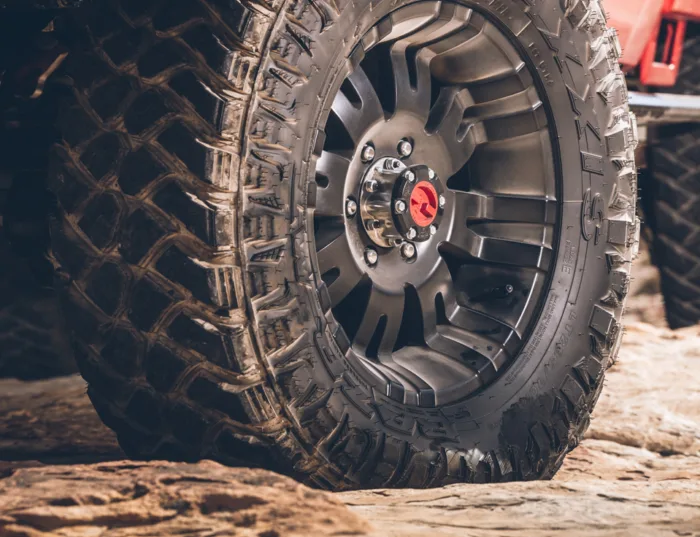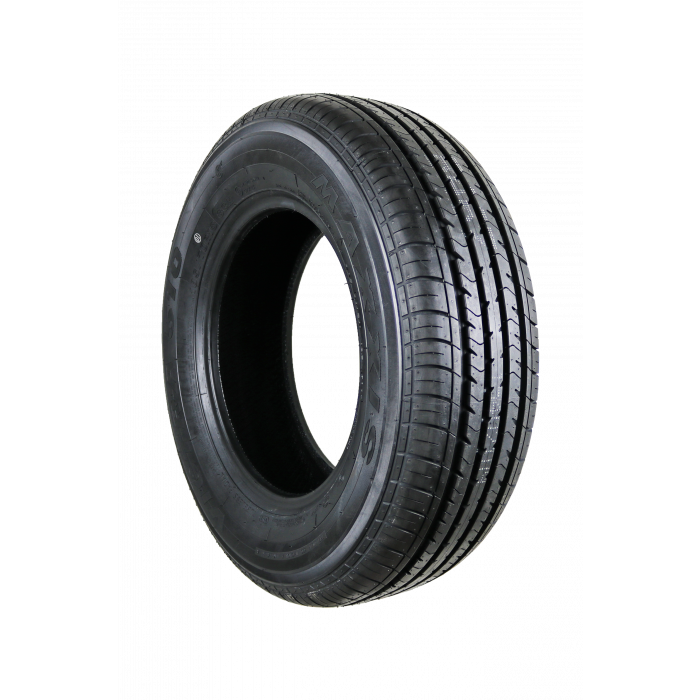Selecting the right tyre can help guarantee your car’s performance, safety, and fuel economy. Tyre affect everything, including road handling and driving smoothness; so, it is crucial to choose car tyres fit for your driving requirements. These are some important pointers to guide your decision.
Understand tire size and specifications
Learn the requirements advised by the manufacturer of your car before choosing tyre. Usually shown on the sidewall, tyre have particular specifications that comprise width, aspect ratio, diameter, and load index. These criteria guarantee best performance and precise fit for the tyre. Selecting tyre outside of these advised guidelines can result in poor handling, higher fuel consumption, and perhaps safety concerns. Examining the instruction manual or current tyre on your car will enable you to verify the right size and specifications.
Consider the climate and driving conditions
Different tyre work better in some road situations and in some climes. If your area has seasonal weather variations, you might want to alternate between summer and winter tyre. While winter tyre are made with unique tread patterns and rubber compounds to negotiate icy, wet, and snowy roads, summer tyre provide great performance in warm and dry situations. All-season tyre can offer a mix of performance across many circumstances without requiring a seasonal switch for individuals living in milder weather.

Focus on tyre tread patterns and performance
A tire tread design determines how it grips the road, negotiates water on damp terrain, and lowers road noise. Main forms are symmetrical, asymmetrical, and directed treads. Daily city driving calls for symmetrical tread patterns; directed tread patterns improve water distribution and lower hydroplaning concerns on wet roadways. Conversely, asymmetrical tread patterns are flexible since they combine water dispersal with dry grip.
Assess fuel efficiency and longevity
Some car tyres are made to lower rolling resistance, which would help the car run on less energy overall, therefore improving fuel economy. If you’re trying to save money on gasoline, these tyre—which occasionally include eco-friendly or energy-saving labels—can be a terrific alternative. Look also at the durability ratings; some tyre are constructed with harder rubber compositions that can lengthen lifetimes, therefore lowering the frequency and expense of repairs.
Selecting the right tyre for your car depends on knowing your particular requirements, from fuel economy targets to road conditions and temperature. You may improve the comfort and safety of your car by giving tire size, tread pattern, and other performance elements great thought. Apart from improving your drive, the correct tyre help to ensure a safer, more effective driving environment.




